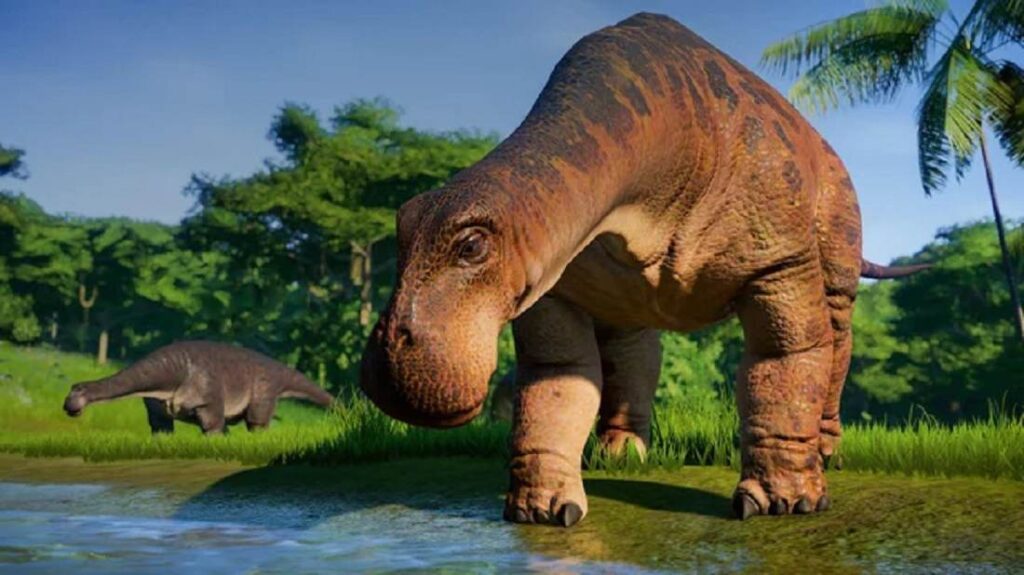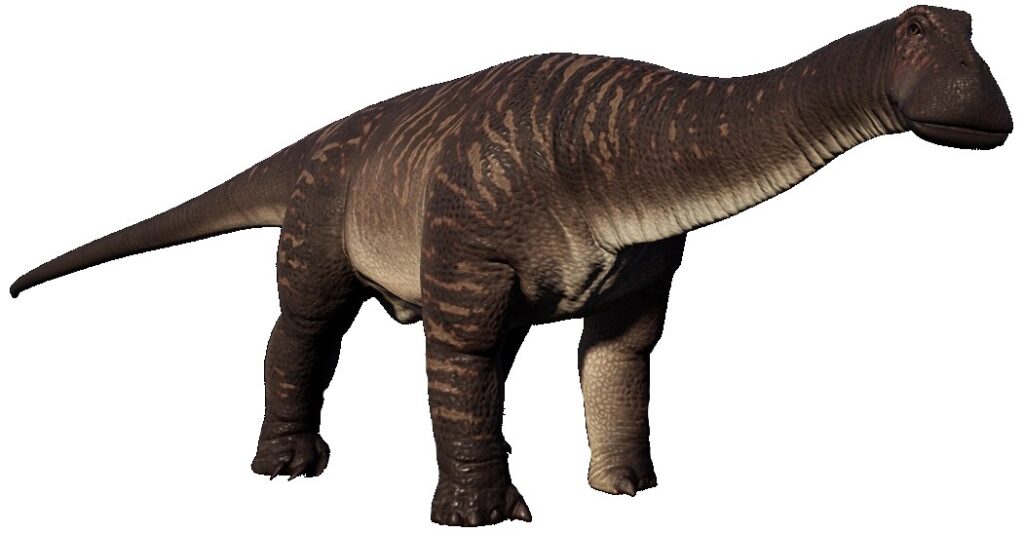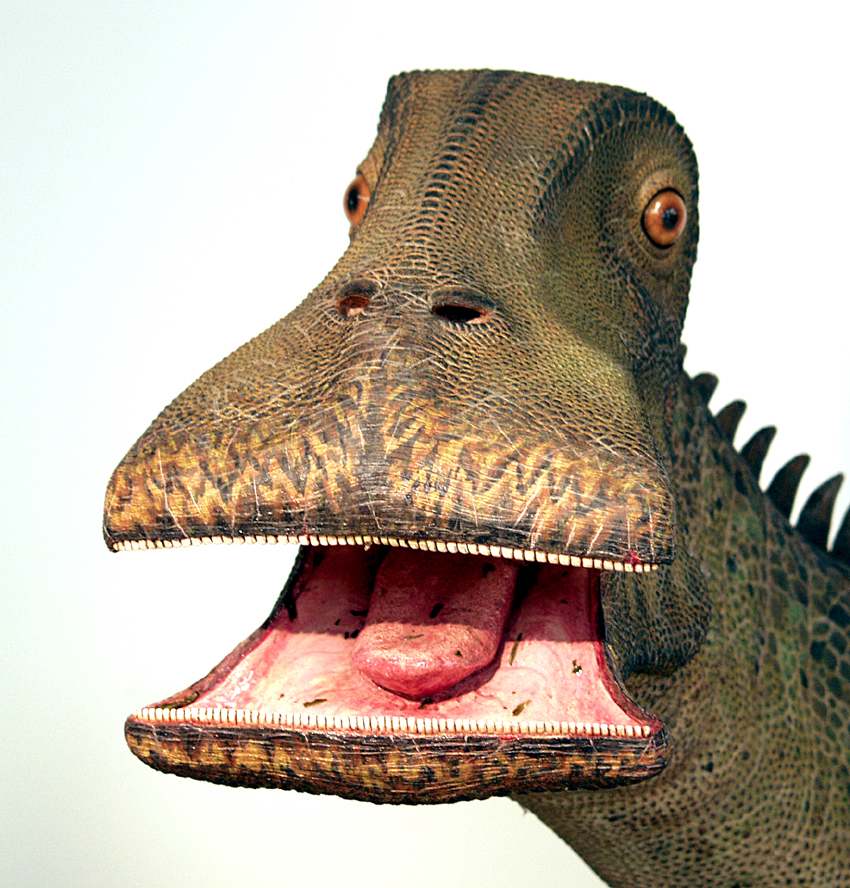
Nigersaurus is a herbivorous dinosaur that lived 110 million years ago in what is now known as Niger’s Sahara Desert. It was discovered in the Elrhaz Formation of the Taouz area called “Gadoufaoua” in Niger.
The fossils thought to belong to Nigersaurus were first discovered by the French palaeontologist, Philippe Taquet during an expedition to the Republic of Niger. The dinosaur was named and fully described by Sereno and colleagues. They called the animal “Nigersaurus Taqueti“. Its genus name “Nigersaurus” means “Niger reptile” since it was discovered in the Republic of Niger, while its specific name “Taqueti” honours Philippe Taquet.
Why Nigersaurus suddenly became popular on Google
Sadly, the sudden popularity of “Nigersaurus” came from a negative situation. In 2021, hundreds of thousands of internet users trooped to Google to search for “dinosaur with 500 teeth” after a Reddit user posted:
“Whatever you do, don’t google ‘dinosaur with 500 teeth’.”
The search would land users on the word “Nigersaurus” which was intended to be funny when people realize the similarity between the dinosaur’s name and the racist N-word. Interestingly, nobody found the joke funny and the embarrassed Reddit posters were forced to delete their accounts.
Actually, the dinosaur’s name “Nigersaurus” is a reference to the Republic of the Niger, where the now-extinct animal was discovered. Nigersaurus essentially means “Niger reptile” – an important piece of information lost on the N-word joke makers.
How Nigersaurus was discovered
The fossils of Nigersaurus were first discovered during a 1965 to 1972 expedition led by French palaeontologist, Philippe Taquet o the Republic of Niger. It was first described in a paper published in 1976 as belonging to a dicraeosaurid before it was reclassified in 1999 by Sereno and colleagues as a rebbachisaurid sauropod dinosaur based on the new discoveries they made during 1997 to 2000 expeditions.
According to the information gathered by DNB Stories Africa, Sereno and Jeffrey A. Wilson gave the first detailed description of the vertebrae’s skull and feeding adaptations in 2005. They provided a more detailed description of the skeleton in 2007 based on a specimen discovered in 1997.

Structure and Size of Nigersaurus
Nigersaurus was said to be a dinosaur of about 30 feet in height with a short neck weighing about 4.4 tons making it the size of a modern African elephant.
Does Nigersaurus really have 500 teeth?
According to a study published in the PLOS One journal, Nigersaurus had a wide muzzle filled with more than 500 teeth which were replaced around every 14 days. The dinosaur’s teeth were located far to the front since the tooth-bearing bones of its jaws were rotated transversely relative to the rest of the skull.
It had a pneumatised skeleton and it was said to have lived in riparian habitat (wetlands). The animal was given the nickname “Mesozoic cow” and it had long, slender legs.

Sereno and Co hypothesized that Nigersaurus usually walked around with its snout pointed to the ground at a 67-degree angle based on the lateral semi-circular canal (LSC) orientation. However, other researchers have disputed this hypothesis as studies released in 2009 and 2013 showed that LSC cannot reliably state what the normal head posture of any given sauropod would look like.
The Nigersaurus fossil skull is one of the first dinosaur skulls to be digitally reconstructed from CT scans. According to Sereno, it had a 6-foot featherweight skull as several bones in its head were only 2 millimetres thick. It also has 13 cervical vertebrae. Its skull was said to be specialized for feeding with large fenestrae and thin bones.
How Nigersaurus feeds
According to Sereno and colleagues, Nigersaurus is a ground-level, non-selective herbivore. Its wide muzzle was said to be perfect for scooping up angiosperms, ferns, horsetails and other low-lying plants. It reportedly had a poor sense of smell despite its elongated nostrils.
However, researchers have admitted that there is still limited understanding of the genus as a result of poor preservation of its remains due to the delicate and highly pneumatic construction of its skull and skeleton.


